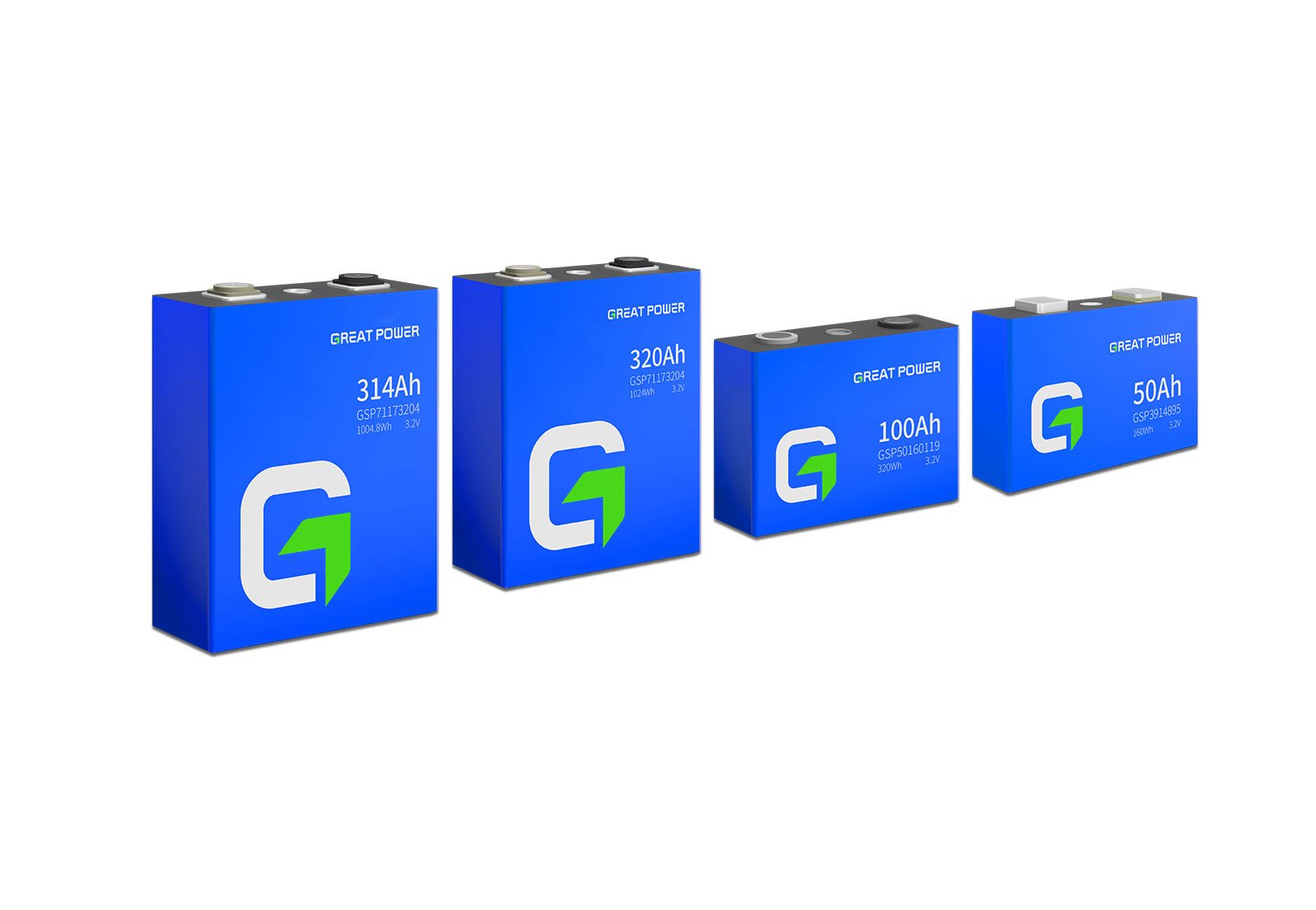Calendar Life vs. Cycle Life: Is Your Battery Cell "Aging" in the Warehouse? – Unmasking the Secrets of Self-Discharge.
by
Calendar Life vs. Cycle Life: Is Your Battery Cell "Aging" in the Warehouse? – Unmasking the Secrets of Self-Discharge.
You invest in premium lithium cells, but are they degrading before they even power your devices? Imagine discovering your inventory has silently lost capacity while sitting on shelves.
Calendar life[^1] refers to battery degradation over time regardless of use, while cycle life measures degradation from charge-discharge cycles. Both are critical for determining actual battery lifespan in real-world applications.
Whether you're developing consumer electronics or industrial equipment, understanding how batteries age during storage versus during operation is fundamental to product reliability. Let's explore what really happens to your cells when they're not actively working.
The Truth About High C-Rates: What Really Determines if Your Cells Can Power Drones and Power Tools with "Brutal" Performance?
Your drone needs peak power for aggressive maneuvers. Will your batteries deliver when pushed to their limits?
High C-rate capability depends on advanced electrode materials, optimized cell design, and thermal management systems that prevent performance degradation under extreme discharge conditions.
Beyond the Marketing Hype: The Science Behind High-Rate Performance
High C-rate[^2] performance isn't just about maximum output—it's about sustained reliability under stress. When we design cells for power tools and drones, we focus on three critical areas:
| Performance Factor | Impact on High C-Rates | Our Solution |
|---|---|---|
| Electrode Architecture | Thinner electrodes with optimized porosity enable faster ion diffusion | Nano-structured coatings improve lithium-ion mobility |
| Internal Resistance | Lower resistance means less voltage sag under load | Advanced current collector designs minimize internal losses |
| Thermal Stability | Prevents thermal runaway during rapid discharge | Multi-layer separators with shutdown functionality |
The thermal management system becomes increasingly critical as C-rates climb. Our cells incorporate phase-change materials that absorb heat during peak discharge, maintaining optimal operating temperatures even when your power tools are working at maximum capacity for extended periods.
A Must-Read for OEM/ODM Partners: How Our Cells and Your BMS Will Co-Engineer a Star Battery Pack with a 5-Year Zero-Service-Needed Goal.
Frustrated with warranty claims and premature battery failures? There's a better way to approach battery pack design.
Successful 5-year zero-service battery packs require deep collaboration between cell manufacturer and BMS designer, focusing on state-of-health algorithms, balancing strategies, and failure prediction models.
Engineering Partnership: Beyond the Component Supply Relationship
The days of simply purchasing cells and hoping they work with your BMS are over. True partnership means:
- Co-developed SOH Algorithms: Our cell aging data informs your BMS's state-of-health calculations
- Proactive Failure Prediction: Voltage/temperature patterns that signal impending issues
- Intelligent Balancing: Dynamic current distribution based on individual cell characteristics
We provide detailed cell aging models that predict how performance decays under different usage patterns. This enables your BMS to implement preventive measures before problems become failures. The result? Battery packs that consistently perform throughout their designed lifespan without unexpected degradation.
UN38.3[^3], MSDS, UL... How We Help You Clear Certification Hurdles for Smooth Entry into European and American Markets.
Certification delays costing you market opportunities and revenue? The complexity only grows with each new regulation.
We simplify certification by providing pre-validated test data, comprehensive documentation packages, and direct liaison with testing laboratories to accelerate your product's path to market.
Certification isn't just paperwork—it's strategic market access. Our approach includes:
| Certification | Key Requirements | Our Support |
|---|---|---|
| UN38.3 | Transportation safety, altitude simulation, thermal cycling | Complete test reports and documentation packages |
| UL 2054 | Electrical, mechanical, and environmental safety | Pre-compliance testing and gap analysis |
| IEC 62133 | Safety requirements for portable sealed cells | Technical file preparation and submission support |
We maintain relationships with major certification bodies and stay ahead of regulatory changes, ensuring your products meet current standards while we anticipate future requirements.
Conclusion
Engineer battery systems that perform reliably year after year by understanding how cells age both in use and in storage.
[^1]: Understanding calendar life is crucial for assessing battery longevity and performance, especially in storage.
[^2]: Exploring high C-rate performance helps in understanding how batteries perform under extreme conditions.
[^3]: UN38.3 certification is essential for ensuring the safe transport of lithium batteries.
Popular Posts
You may also be interested in:




